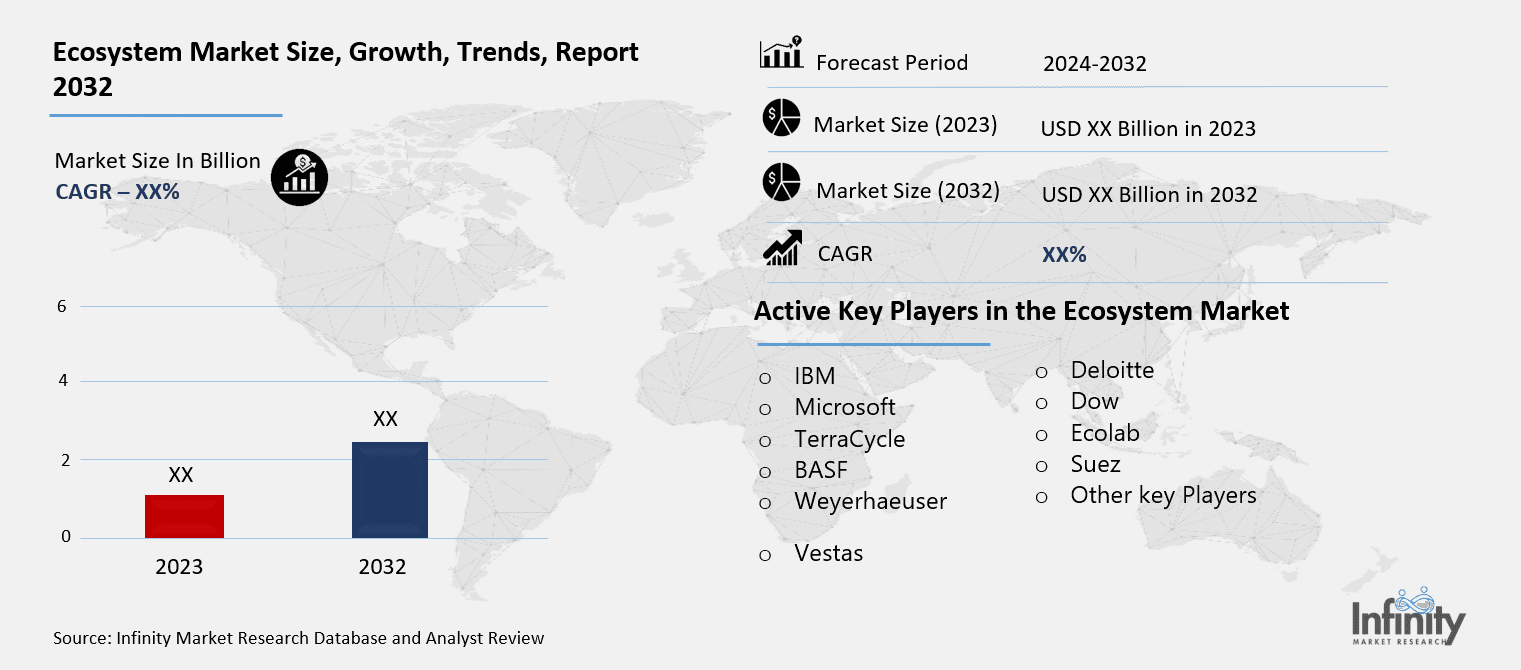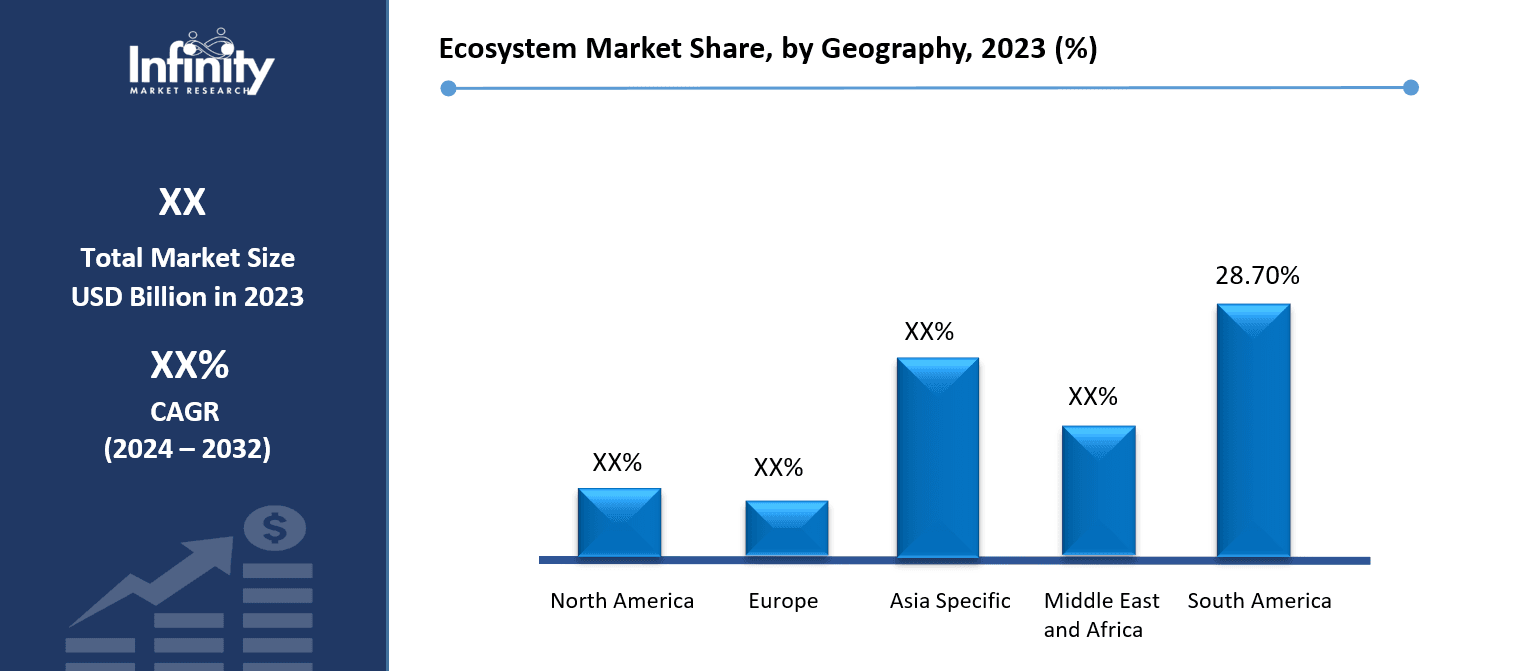
🔐 Secure Payment Guaranteed
Safe checkout with trusted global payment methods.
🌟 Why Choose Infinity Market Research?
At Infinity Market Research, we dont just deliver data — we deliver clarity, confidence, and competitive edge.
In a world driven by insights, we help businesses unlock the infinite potential of informed decisions.
Here why global brands, startups, and decision-makers choose us:
Industry-Centric Expertise
With deep domain knowledge across sectors — from healthcare and technology to manufacturing and consumer goods — our team delivers insights that matter.
Custom Research, Not Cookie-Cutter Reports
Every business is unique, and so are its challenges. Thats why we tailor our research to your specific goals, offering solutions that are actionable, relevant, and reliable.
Data You Can Trust
Our research methodology is rigorous, transparent, and validated at every step. We believe in delivering not just numbers, but numbers that drive real impact.
Client-Centric Approach
Your success is our priority. From first contact to final delivery, our team is responsive, collaborative, and committed to your goals — because you re more than a client; you re a partner.
Recent Reports
Global Myopia Control Lenses Market Report 2025-33
Hyaluronic Acid-based Dermal Fillers Market Report
Ecosystem Market
Ecosystem Market Global Industry Analysis and Forecast (2024-2032) By Type of Ecosystem (Terrestrial Ecosystems, Aquatic Ecosystems, Urban Ecosystems) By Ecosystem Services (Provisioning Services, Regulating Services, Cultural Services, Supporting Services) By End-Use Industry (Agriculture, Energy, Construction, Tourism, Forestry) and Region
Feb 2025
Information and Communication Technology
Pages: 138
ID: IMR1797
Ecosystem Market Synopsis
Ecosystem Market acquired the significant revenue of XX Billion in 2023 and expected to be worth around USD XX Billion by 2032 with the CAGR of XX% during the forecast period of 2024 to 2032.
The rising sector of ecology market is one which addresses environmental problems by means of preservation, restoration, and management of ecosystems. Industries connected to ecosystem services are becoming more and more important as worries about sustainability, biodiversity loss, and global climate change take the stage. Maintaining ecological balance and supporting human well-being depend on these services—pollination, water purification, climate control, and carbon sequestration—which have become very vital. Growing knowledge of how human activities affect ecosystems is creating demand for ideas meant to support environmental restoration and protection.
The ecosystem market is expanding under the influence of several elements, including government incentives for sustainable practices, rising business sustainability ambitions, and more application of environmental policies and laws. Urban design, agriculture, forestry, and infrastructure development are including ecosystems-based strategies including nature-based solutions (NBS). To fit sustainability goals and lower their environmental impact, sectors including construction, agriculture, and renewable energy are also implementing ecosystem management techniques. For businesses trying to survive in a global market growing more environmentally sensitive, including ecosystem services into business models becomes increasingly important.

Furthermore very important for the expansion of the ecosystem industry are regional dynamics. Governments and companies are progressively funding environmental conservation technology and ecosystem restoration initiatives in developed areas such North America and Europe. Emerging nations are beginning to realize, meanwhile, the need of striking a balance between environmental sustainability and economic growth. Rising knowledge of the value of ecosystems drives a change toward more inclusive policies that support the integration of ecosystem services into national development agendas and biodiversity preservation. Technological developments including satellite images, AI-driven environmental management solutions, and ecosystem monitoring tools will improve tracking, measuring, and management of ecosystems as the industry grows.
Ecosystem Market Trend Analysis
Trend
Growing Emphasis on Ecosystem Restoration and Conservation
The increasing focus on ecosystem restoration and preservation is driving the ecosystem market especially. Companies in many different fields are including environmentally friendly methods into their operations more and more in line with world sustainability targets. Strong government rules, international carbon reduction agreements, and increasing funding for environmental programs drive this change mostly. These elements are fostering a favorable atmosphere for market expansion since businesses are pushed to reduce their environmental impact and implement better operational strategies. The direction of companies is being shaped by the emphasis on lowering environmental effects and growing consumer demand for sustainable products, which is driving ecosystem restoration to be a top concern.
Furthermore giving the ecosystem sector a strong boost is the growing trend of green investments. Targeting companies and initiatives that give ecosystem health top priority, investors are realizing the long-term financial gains of sustainability. Initiatives aiming at protecting and repairing ecosystems—which governments, NGOs, and businesses are working on—are helping to generate new financing possibilities for conservation and sustainability projects by themselves. Many projects and laws are being carried out to support environmental balance and sustainable development as businesses and governments cooperate to protect natural resources. This synergy is likely to keep promoting development in the ecosystem industry, inspire creativity, and open new paths for businesses to commit in environmentally friendly solutions.
Opportunity
Growing Demand for Ecosystem-Based Services
Companies offering ecosystem-based services expect to gain greatly as governments, businesses, and consumers give preservation of natural resources top priority. This change toward environmental sustainability is affecting regulations and investments all around, so promoting the growth of fresh projects aiming at ecological balance. Companies who can include ecosystem services—such as habitat restoration, water resource management, and biodiversity preservation—into their daily operations are finding popularity. The worldwide focus on sustainability has spurred more cooperation between public and commercial sectors, therefore creating a favorable atmosphere for businesses presenting creative ideas fit for environmental objectives.
Particularly in Asia-Pacific and Africa, emerging markets have great unrealized opportunity for investments connected to ecosystems. Rapid urbanization in these areas is raising questions about the depletion of natural resources and the damage of ecosystems. Consequently, there is increasing need for environmentally friendly technologies that can assist economic development while safeguarding important ecosystems. As governments and business groups work toward environmental sustainability, investments in biodiversity protection, carbon offset programs, and natural resource management are gathering steam in these areas. This dynamic offers businesses great chances to increase their offerings and help to preserve ecosystems throughout time, thereby profiting from the fast worldwide movement toward sustainability.
Ecosystem Market Segment Analysis
Ecosystem Market Segmented on the basis of By Type of Ecosystem, By Ecosystem Services, By End-Use Industry.
By Type Ecosystem
o Terrestrial Ecosystems
o Aquatic Ecosystems
o Urban Ecosystems
By Ecosystem Services
o Provisioning Services
o Regulating Services
o Cultural Services
o Supporting Services
By Region
o North America (U.S., Canada, Mexico)
o Eastern Europe (Bulgaria, The Czech Republic, Hungary, Poland, Romania, Rest of Eastern Europe)
o Western Europe (Germany, UK, France, Netherlands, Italy, Russia, Spain, Rest of Western Europe)
o Asia Pacific (China, India, Japan, South Korea, Malaysia, Thailand, Vietnam, The Philippines, Australia, New-Zealand, Rest of APAC)
o Middle East & Africa (Turkey, Bahrain, Kuwait, Saudi Arabia, Qatar, UAE, Israel, South Africa)
o South America (Brazil, Argentina, Rest of SA)
By Type of Ecosystem, Terrestrial Ecosystems segment is expected to dominate the market during the forecast period
Terrestrial ecosystems, which include forests, grasslands, deserts, and wetlands, are land-based environments that provide essential services to both the planet and humanity. These ecosystems serve as habitats for diverse plant and animal species, contributing significantly to the global biodiversity. Additionally, they play a pivotal role in the carbon cycle by sequestering carbon dioxide and mitigating climate change. Terrestrial ecosystems also support the regulation of water resources, help stabilize soils, and prevent erosion. By fostering fertile soils, they contribute to agricultural productivity and ensure the sustainability of natural resources vital for human survival.
However, these ecosystems are increasingly threatened by human activities such as deforestation, urbanization, and climate change. The loss of forests and wetlands, in particular, disrupts the delicate balance that supports both ecological and human systems. Deforestation, for example, leads to the loss of habitat for wildlife, decreases biodiversity, and reduces the ability of ecosystems to capture and store carbon. Urbanization results in the conversion of natural land into built environments, further degrading the environment and contributing to ecosystem fragmentation. The ongoing pressures on terrestrial ecosystems highlight the urgent need for conservation and sustainable management to preserve these critical services and protect biodiversity for future generations.
By End-Use Industry, Agriculture segment expected to held the largest share
Ecosystems are fundamental to agriculture, offering a range of services that directly impact food production and the sustainability of farming practices. Services such as pollination by bees and other insects, soil fertility through natural processes like nutrient cycling, and natural pest control all contribute to the productivity of agricultural systems. Healthy ecosystems help maintain soil structure, enhance water retention, and regulate water quality, all of which are vital for growing crops. These ecosystem services are especially important for reducing dependency on synthetic inputs like pesticides and fertilizers, promoting a more sustainable and eco-friendly approach to farming. As a result, healthy ecosystems contribute significantly to increasing crop yields and fostering agricultural resilience in the face of changing climatic conditions.
However, intensive agricultural practices, such as monoculture farming, overuse of chemical fertilizers, and deforestation for agricultural expansion, can severely deplete natural resources and damage ecosystems. Soil degradation, water contamination, and loss of biodiversity are just a few of the negative consequences of such practices. The depletion of soil health and water resources threatens long-term agricultural productivity and food security. To mitigate these risks, adopting sustainable agricultural practices that preserve and enhance ecosystem services is crucial. Practices such as crop rotation, agroforestry, and integrated pest management help maintain ecosystem balance, ensuring that agricultural systems remain productive and resilient in the long run. Sustainable agriculture is not just beneficial for food production but also for the overall health of the planet.
Ecosystem Market Regional Insights
North America is Expected to Dominate the Market Over the Forecast period
Strong dedication to the preservation of natural resources is driving notable expansion in the ecosystem market in North America, especially in the U.S. and Canada. Both governments have carried out a variety of initiatives meant to support environmental stewardship, biodiversity protection, and sustainable development. As companies and consumers are more conscious of the environmental effect of their activities, research projects targeted on ecosystem services and climate change mitigating are further strengthening the industry. Green technologies, sustainable behaviors, and renewable energy investments are generating fresh possibilities and increasing demand for ecosystem-related solutions meant to preserve and rebuild natural systems.
Particularly in sectors like biodiversity preservation and ecological restoration, the region boasts several important players in the ecosystem services sector. Using technology developments in management and monitoring, companies are better able to grasp and safeguard ecosystems. Data-driven decision-making integrated with creative tools and platforms is improving the efficiency and effectiveness of ecosystem management approaches. North America is thus seeing an increase in public and private sector investments in ecosystem services, so promoting development in many different fields, from urban planning and water management to agriculture and forestry.
Ecosystem Market Share, by Geography, 2023 (%)

Active Key Players in the Ecosystem Market
o IBM
o Microsoft
o TerraCycle
o BASF
o Weyerhaeuser
o Vestas
o Deloitte
o Dow
o Ecolab
o Suez
o Other key Players
Global Ecosystem Market Scope
|
Global Ecosystem Market | |||
|
Base Year: |
2023 |
Forecast Period: |
2024-2032 |
|
Historical Data: |
2017 to 2023 |
Market Size in 2023: |
USD XX Billion |
|
Forecast Period 2024-32 CAGR: |
XX% |
Market Size in 2032: |
USD XX Billion |
|
|
By Type of Ecosystem |
· Terrestrial Ecosystems · Aquatic Ecosystems · Urban Ecosystems | |
|
By Ecosystem Services |
· Provisioning Services · Regulating Services · Cultural Services · Supporting Services | ||
|
By End-Use Industry |
· Agriculture · Energy · Construction · Tourism · Forestry | ||
|
By Region |
· North America (U.S., Canada, Mexico) · Eastern Europe (Bulgaria, The Czech Republic, Hungary, Poland, Romania, Rest of Eastern Europe) · Western Europe (Germany, UK, France, Netherlands, Italy, Russia, Spain, Rest of Western Europe) · Asia Pacific (China, India, Japan, South Korea, Malaysia, Thailand, Vietnam, The Philippines, Australia, New-Zealand, Rest of APAC) · Middle East & Africa (Turkey, Bahrain, Kuwait, Saudi Arabia, Qatar, UAE, Israel, South Africa) · South America (Brazil, Argentina, Rest of SA) | ||
|
Key Market Drivers: |
· Global Efforts in Ecosystem Restoration and Conservation | ||
|
Key Market Restraints: |
· Regulatory Complexities and Barriers to Entry | ||
|
Key Opportunities: |
· Growing Demand for Ecosystem-Based Services | ||
|
Companies Covered in the report: |
· IBM , Microsoft , TerraCycle , BASF , Weyerhaeuser , Vestas , Deloitte , Dow , Ecolab , Suez and Other Major Players. | ||
📘 Frequently Asked Questions
1. What would be the forecast period in the Ecosystem Market research report?
Answer: The forecast period in the Ecosystem Market research report is 2024-2032.
2. Who are the key players in the Ecosystem Market?
Answer: IBM , Microsoft , TerraCycle , BASF , Weyerhaeuser , Vestas , Deloitte , Dow , Ecolab , Suez and Other Major Players.
3. What are the segments of the Ecosystem Market?
Answer: The Ecosystem Market is segmented into By Type of Ecosystem, By Ecosystem Services, By End-Use Industry and region. By Type of Ecosystem, the market is categorized into Terrestrial Ecosystems, Aquatic Ecosystems, Urban Ecosystems. By Ecosystem Services, the market is categorized into Provisioning Services, Regulating Services, Cultural Services, Supporting Services. By End-Use Industry, the market is categorized into Agriculture, Energy, Construction, Tourism, Forestry. By region, it is analyzed across North America (U.S.; Canada; Mexico), Eastern Europe (Bulgaria; The Czech Republic; Hungary; Poland; Romania; Rest of Eastern Europe), Western Europe (Germany; UK; France; Netherlands; Italy; Russia; Spain; Rest of Western Europe), Asia-Pacific (China; India; Japan; Southeast Asia, etc.), South America (Brazil; Argentina, etc.), Middle East & Africa (Saudi Arabia; South Africa, etc.).
4. What is the Ecosystem Market?
Answer: An ecology market is a financial market centered on the buying and selling of ecosystem services—that is, the advantages humans gain from the environment—clean water, air, biodiversity, and carbon sequestration. These markets let companies, governments, or people buy or trade credits to either offset environmental damage or improve conservation efforts, therefore enabling the monetization of these natural services and activities. While addressing climate change and ecosystem degradation, ecosystem markets can comprise carbon credit markets, water quality trading programs, and biodiversity offset schemes, thereby fostering sustainable practices and environmental stewardship.


🔐 Secure Payment Guaranteed
Safe checkout with trusted global payment methods.
🌟 Why Choose Infinity Market Research?
- Accurate & Verified Data:Our insights are trusted by global brands and Fortune 500 companies.
- Complete Transparency:No hidden fees, locked content, or misleading claims — ever.
- 24/7 Analyst Support:Our expert team is always available to help you make smarter decisions.
- Instant Savings:Enjoy a flat $1000 OFF on every report.
- Fast & Reliable Delivery:Get your report delivered within 5 working days, guaranteed.
- Tailored Insights:Customized research that fits your industry and specific goals.




